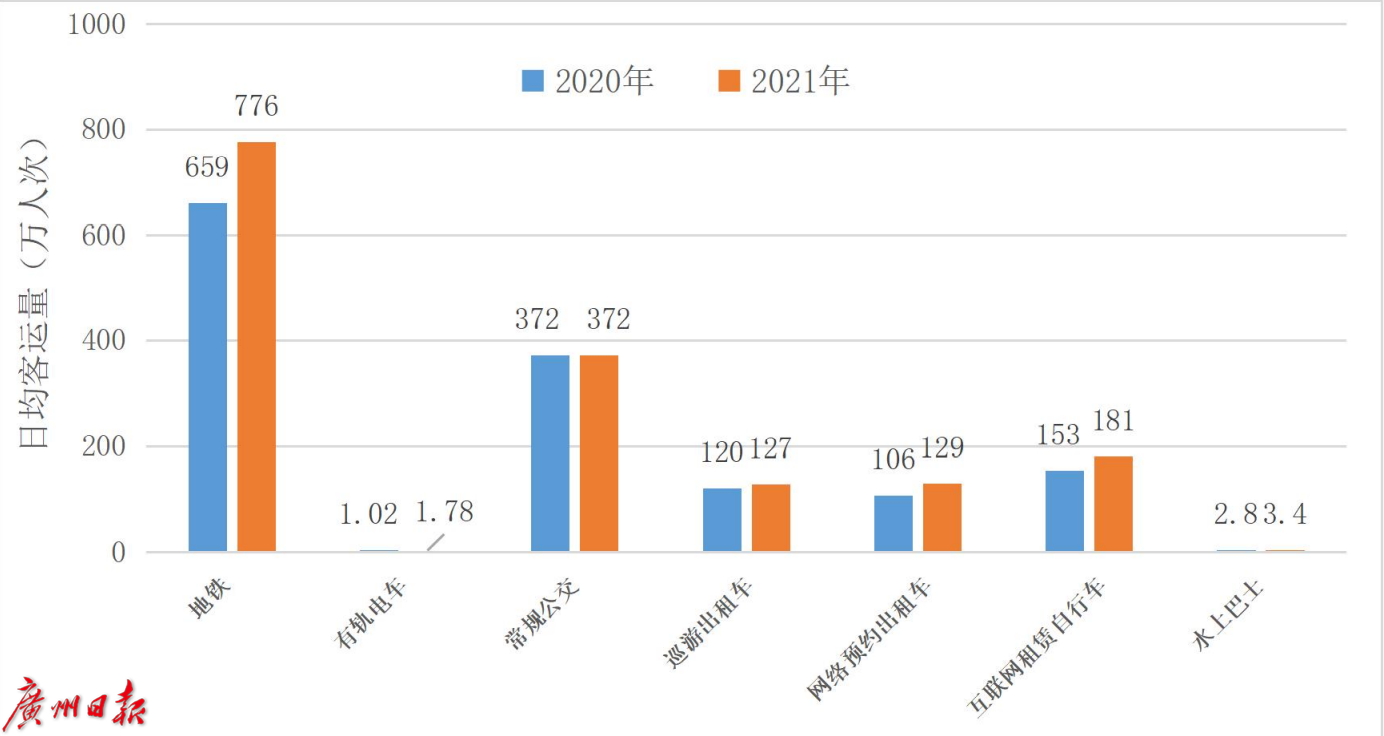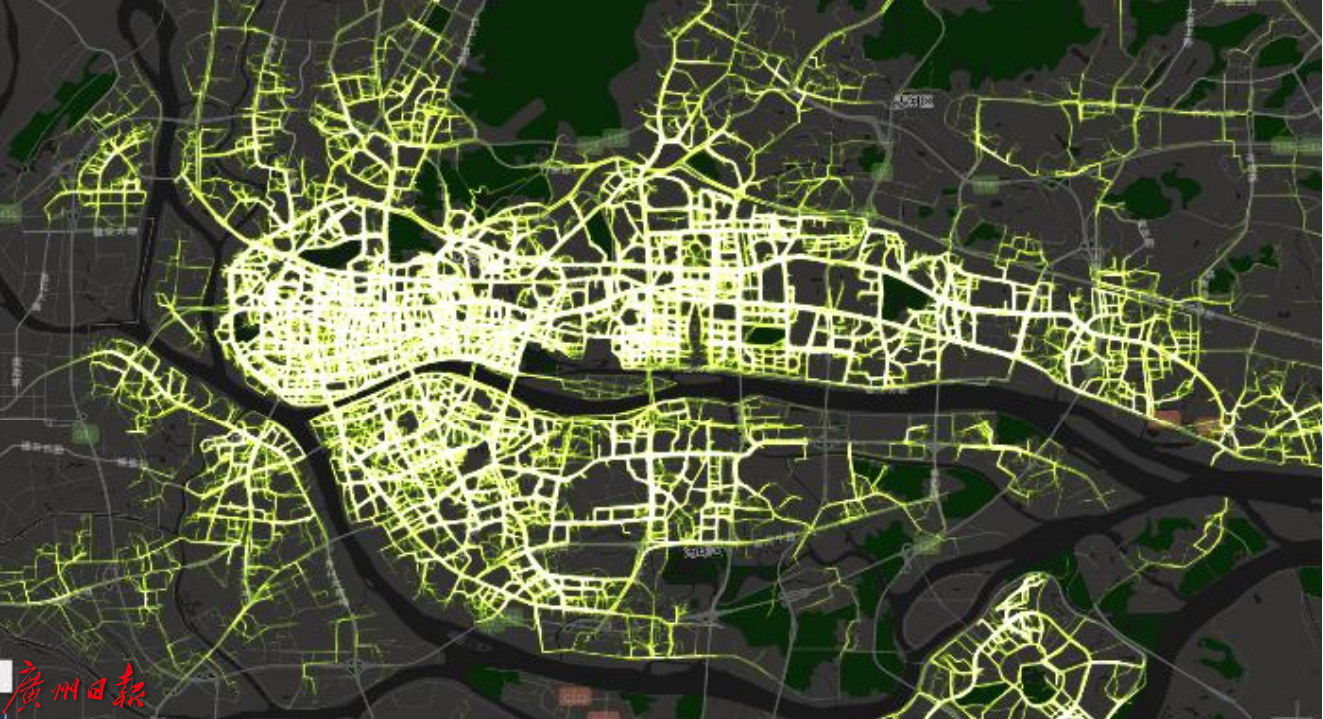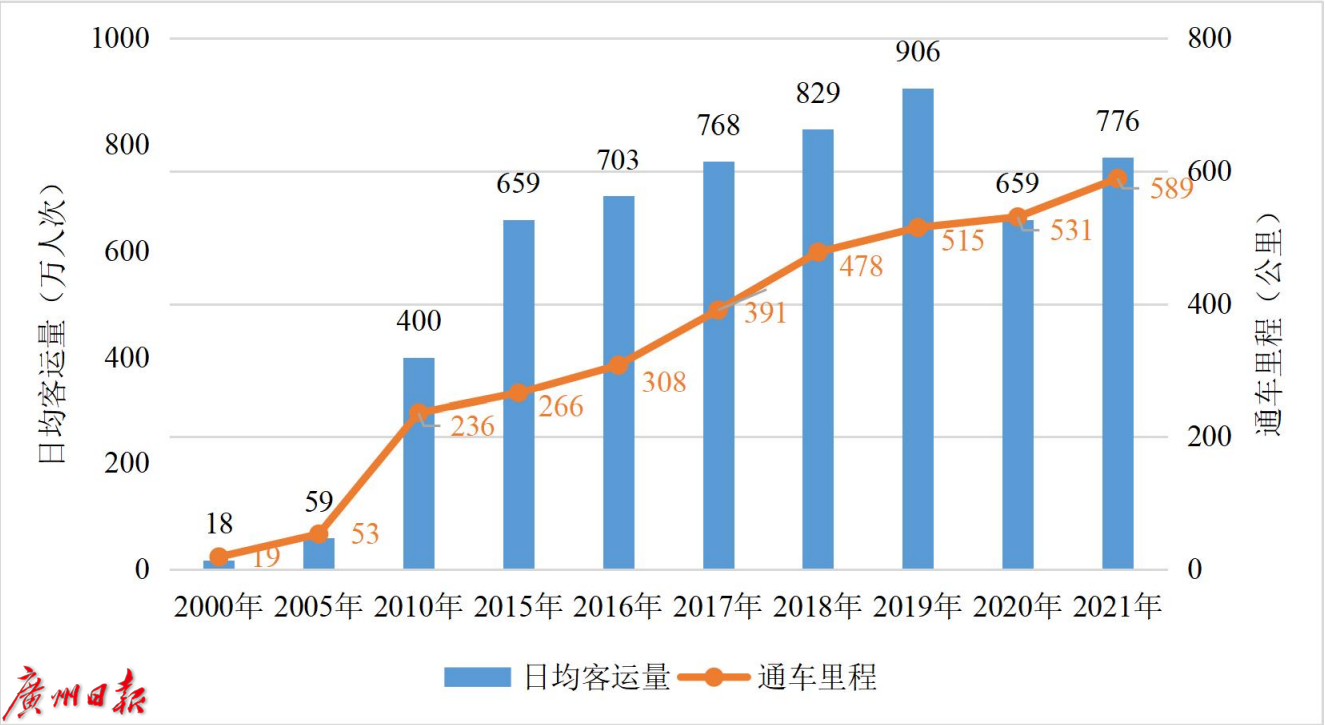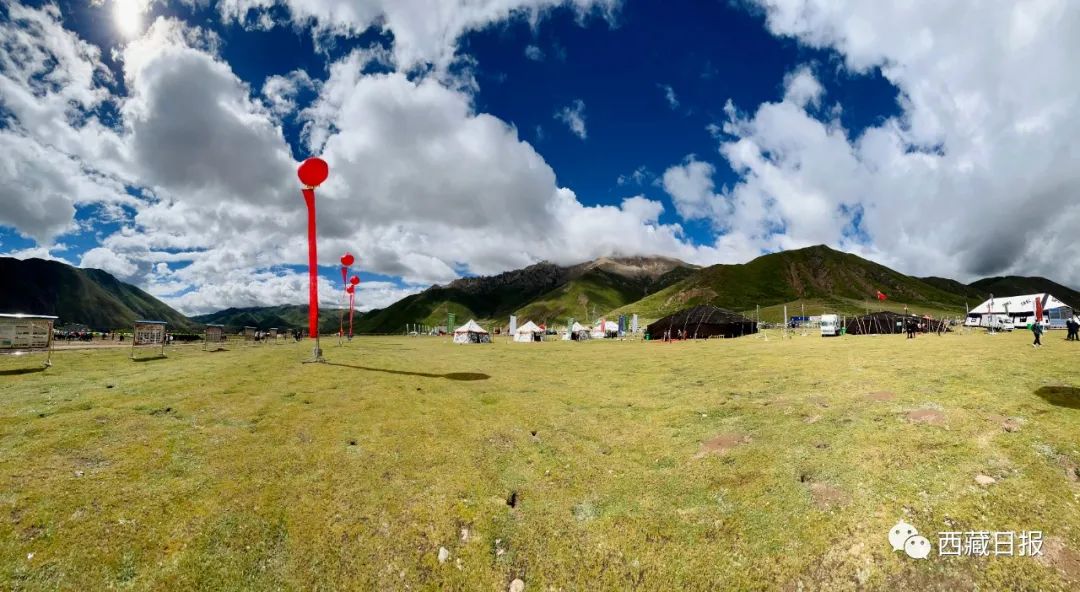Latest research: Guangzhou people love green travel more, commute time is shorter
Author:Guangzhou Daily Time:2022.08.06
Recently, the Guangzhou Municipal Planning and Natural Resources Bureau released the "Annual Report of the Transportation Development of Guangzhou in 2021" (hereinafter referred to as the "Report"). The "Report" shows that the status of Guangzhou International Comprehensive Transportation Hub has further consolidated. Baiyun Airport's passenger throughput has ranked first in the country for two consecutive years, and port cargo and container throughput remained positive growth. In addition, in 2021, the total number of traffic travel in Guangzhou has recovered, and it has returned to the normal level of 2019 before the epidemic. Among them, walking and bicycle travel are favored. The total amount of cycling (bicycles and electric bicycles) in the central urban area increases by 42%compared with the epidemic.
Baiyun Airport passenger throughput ranks first in the country for two consecutive years
In terms of international comprehensive transportation hubs, Guangzhou's hub status has been further consolidated.
The "Report" shows that in 2021, Baiyun Airport's annual passenger throughput was 40.26 million, and a single airport throughput was the first in the country for two consecutive years. Affected by the global new crown pneumonia's epidemic, aviation passenger throughput decreased by 8%year -on -year, a decrease of 45%compared to 2019, and ranked eighth in the world. The cargo and postal throughput of Baiyun Airport was 2.045 million tons/year, a year -on -year increase of 16.3%. The Guangzhou Port container throughput remained positive growth, ranking fifth in the world; the cargo throughput of Guangzhou Hong Kong was 651 million tons, an increase of 2.3%year -on -year, maintaining the fourth world in the world. The number of passengers in the railway hub year is 89.63 million, and Guangzhou South Railway Station ranks first in the country. Railway passengers' sending volume rose 3.2%year -on -year, but decreased by 38.5%compared to 2019. The number of passengers in Guangzhou South Railway Station was 63.5 million, an increase of 6.4%year -on -year. Guangzhou South Station is located in the border of Guangfo. The comparison of the sources of the two cities in Guangfo is 2.3: 1, the comparison of the permanent population is 2: 1. Support Guangzhou's urban circle into an important strategic fulcrum in the domestic economic cycle.
The average daily travel volume between the 9th city of the Pearl River Delta was 6.62 million, an increase of 3.3%year -on -year, accounting for 75%of the total travel volume between 21 prefecture -level cities in the province. At the urban circle level, Guangfo Zhao accounted for 42%, and its liquidity was higher than that of Shenwanghui (40%) and Zhu Zhongjiang (18%). At the level of the same urbanization, there are 1.74 million travel volume between the two cities of Guangfo, accounting for 26%of the total travel between the city of Pearl River Delta, which is higher than 20%(1.28 million), 7%(450,000 person -times) in the Pearl, and Guangzhong. The population of Buddha and Shenwan is the same, but the same city is closer. At the "dual city" linkage level, the average daily travel volume between Guangzhou and the eight cities of the Pearl River Delta (42%), which is higher than Shenzhen 2 million (30%). 170,000 person -times, accounting for 2.6%of the total travel between the bay area, the "dual city" linkage needs to be further strengthened.
The total amount of cycling in the central urban area increases by 42% compared with the epidemic situation
In terms of internal transportation of urban transportation, Guangzhou showed strong toughness. The "Report" shows that in 2021, the total traffic travel in Guangzhou increased by 8.7%year -on -year, and it has returned to the normal level of 2019 before the epidemic. In 2021, 78%of the green travel ratio in the central city area ranked at the forefront of the country's large cities, laying a solid foundation for achieving the goal of "double carbon". Under the influence of the epidemic, residents' willingness to choose individual transportation methods has been significantly improved, walking and bicycle travel are favored, and the structure of transportation methods shows a differentiation trend. , Increased by 9.8 percentage points compared to the epidemic, the number of non -motorized vehicles increased significantly, the increase or decrease was basically balanced, and the proportion of green travel remained high.

The average daily passenger volume changes in various public transportation methods
The "Report" analyzes the characteristics of bicycle cycling in Guangzhou. In terms of cycling distribution, the cross -group ride volume is relatively small, most of which are traveling in the group. It is mainly distributed in the north and south areas of the old city area, the Tianhe Central District, the East Pioneer area of Chehuang, and the university town area. Among them, the number of ride volume in the north of the old town is 32.6%, and the Tianhe Central District accounts for 19.1%. Cycling is mainly concentrated on roads and other roads such as Zhongshan Road (11.4%of the total cycling volume), Huangpu Avenue (8.1%), Longjin Road to Donghua Road (8.0%), Jiangnan Avenue (5.1%). By analyzing the amount and speed of the road section, the key sections of the riding environment can be identified, namely Zhongshan Road, Jiangnan Avenue, Donghua Road, etc. These roads are large but slower. Great room for improvement.
To this end, the "Report" suggested that the rapid growth trend of non -motorized vehicles should be adapted to guide and manage. The total amount of cycling (bicycles and electric bicycles) in the central urban area increases by 42%compared with the epidemic. The increase in the use of electric bicycles has caused many traffic safety and order issues, and the relevant traffic accident rate and mortality rate have also increased significantly. The first is to strengthen the sales and licenses of electric bicycles to ensure that electric bicycles on the road meet safety standards and facilitate subsequent precision management. The second is to improve the relevant regulations of the driving management of electric bicycles, strengthen the education of safety regulations for electric vehicle drivers, and ensure safety and standardized driving. The third is to accelerate the transformation of non -motorized lanes in the city's main roads, ensure non -motorized vehicle rights, and improve the order of travel.

Guangzhou shared bicycle riding trajectory convergence diagram
The city consumes 38.7 minutes on average
In terms of rail transit, the "Report" shows that due to the blessing of high -speed subway, the population of Guangzhou has gathered obvious and the time and space are closely linked. In 2021, the average daily passenger passed the subway was 7.76 million, an increase of 18%year -on -year, and it returned to 85%compared to 2019. The newly opened domestic first-speed 160-kilometer city high-speed Metro Line 18, realized 30 minutes of the central area and Nansha sub-center, increased the proportion of mileage mileage in the city, and initially established high-speed-fast-general-speed-general speed three three. The hierarchical line network structure has further strengthened the rapid connection of the city, plays the role of time and space reconstruction and corridor skeleton support, and leads the increase in Guangzhou subway services from good to quality, from quantitative to qualitative change. The city's rail station is 800 meters covering 34%of the population and 41%of employment positions, ranking among the forefront of the country. Among them, the core area covers 71%and 77%of the population and employment positions. Rail transportation support and guiding urban intensive development. In 2021, the city's commuting was 8.7 kilometers, and the average travel was 38.7 minutes, which was less than Beijing and Shanghai. The time and space efficiency of commuting traffic was high. It reflects the efficiency of urban operation and the quality of life of residents within 45 minutes. 79%of commute travel is maintained at a high level.
To this end, the "Report" suggested to seize the opportunity to comprehensively improve the rail transit service of the Guangzhou Metropolitan Circle. During the "Fourteenth Five -Year Plan" period, the construction of the urban circle will become the main battlefield of new urbanization. There are intercity railways in the large iron model. The demand for intercity travel groups with time value, supplementing the shortcomings and strengthening the transportation chain and service chain will become the main task of the "Fourteenth Five -Year Plan". Focus on the integration of the intercity rail and the city's fast track, and achieve mechanisms and rules such as functional levels, technical standards, network structures, operating organizations, interchange connections, investment and financing models, etc., to achieve multi -level integrated services in the urban circle.
At the same time, accelerate the construction of a networked scale, revitalize the existing peripheral intercity railway, implement the intercity railway and the metropolitan circle fast -track entrance to the center passage, and accelerate the new round of Guangzhou area Guanghua, Fangbai, Fo Sui, and Nanzhongzhu, and Nanzhongzhuzhu, and Nanzhongzhuzhu, and Nanzhongzhongzhuangzhu, and South Zhongzhongzhu, and Nanzhongzhongzhuangzhu, and Nanzhongzhongzhuangzhu. The construction of seven intercity rails such as the Guangfo West Ring, Zhongnan Tiger, and Guangfo Jiangzhu, and quickly form the scale of the rail network of the Guangzhou Metropolitan Circle through the supplementary chain and strong network, enhance the international competitiveness, and create a "dual -cycle" strategic fulcrum.
The development of Guangzhou Metro Line Network and Passenger Stream

It is reported that the intensity of passenger flow in the Guangzhou Metro has always maintained the highest nationwide, but with the opening of the peripheral rail line, the daily average passenger flow of the entire network decreased from 24,000 people to 12,400/kilometer. The intensity of passenger flow such as Line 21 and 18 is less than 55,000 per person/kilometer, which is far lower than the average passenger flow intensity of the entire network. The "Report" proposes that the establishment of the concept of "building orbit is to build a city", which makes full use of rail transit resources and support and guide urban space development. It is particularly important and urgent. Taking the rail station as the starting point, improving the intensity of peripheral development, strengthening public service facilities, building a number of large -scale peripheral employment centers, accelerating the solution of urban functions, and reducing the liquidity of the center, such as Panyu Wanbo Center, Hanxi Chimelong, Haizhu, Haizhu District Wan Shengwei, Jiahe Wanggang, Baiyun District, west of Liwan District, Lingang Center, Zhenlong, Huangpu District, and Hengli in Nansha District.
Text, Picture/ Guangzhou Daily · Xinhua City Reporter: Du Juan Tou Picture/ Guangzhou Daily Information Map Guangzhou Daily · Xinhuacheng Editor: Zhao Xiaoman
- END -
The launching ceremony of the theme activity of "Going to Ding Zhen · Self -Driving You Tour Aden" was held in Daocheng

On June 30, the launching ceremony of the theme activity of the Ding Zhenjin · Se...
Today, the big coffee gathered in Suo County, and it was for this ...

After receiving the task to report to SuxianXiaobian received the Black Wa sent...